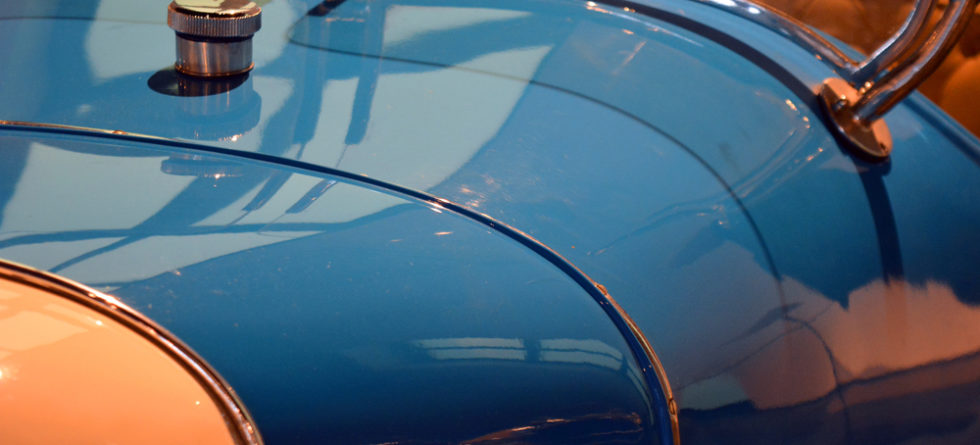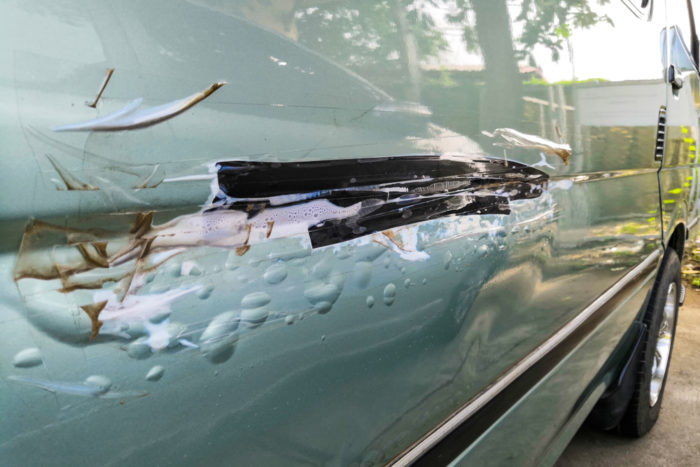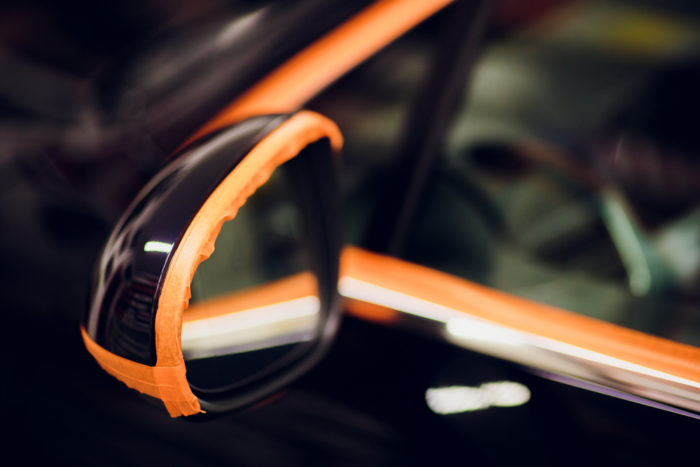What Is The Easiest Car Paint For Beginners?

For beginners looking to paint a car, the choice of paint can significantly impact the ease of application and the quality of the final result. Among various types of automotive paints, some are more forgiving and easier to work with for those new to car painting.
Here’s a brief overview of the easiest car paint for beginners…
Acrylic Urethane
- Why It’s Easier – Acrylic urethane is considered one of the easiest and most versatile types of automotive paint for beginners. It combines ease of application with durability and a nice finish. This type of paint is less sensitive to environmental conditions compared to others, making it more forgiving for new painters.
- Benefits:
- Durability – Offers excellent resistance to UV rays, chemicals, and chipping.
- Longer Working Time – Acrylic urethane dries slower than some other paints, giving beginners more time to work with it and correct any errors.
- Ease of Cleanup – Water-based versions are available, which can be easier to clean up than solvent-based paints.
- Wide Range of Colors – Available in a vast array of colors and finishes.
Enamel Paint
- Why It’s Easier – Enamel paint is another option that’s relatively easy for beginners, mainly because of its straightforward application process and the hard, glossy finish it produces.
- Benefits:
- Single Stage – Some enamel paints are “single-stage,” meaning they do not require a separate clear coat. This simplifies the painting process.
- Durability – Provides a tough and durable finish that is resistant to sun fading and chipping.
- Cost-Effective – Generally more affordable than other types of automotive paint.
Waterborne Paint
- Why It’s Easier – Waterborne paint is increasingly popular due to its environmental benefits and ease of use. It’s particularly recommended for those painting in a home garage without sophisticated ventilation systems.
- Benefits:
- Easier Cleanup – Cleans up with water, avoiding the need for chemical solvents.
- Safety – Releases fewer harmful fumes than solvent-based paints, making it safer for home use.
- Fast Drying Time – Dries quicker than solvent-based paints, which can be an advantage in controlling dust contamination.
Tips for Beginners
- Practice First – Before applying paint to your car, practice your technique on a similar surface or an inconspicuous area.
- Proper Preparation – Regardless of the paint type, proper surface preparation is critical. This includes cleaning, sanding, and priming the surface to ensure the paint adheres well and looks smooth.
- Environment – Paint in a clean, well-ventilated area to avoid dust and debris in the paint and to ensure your safety from fumes.
- Follow Instructions – Read and follow the manufacturer’s instructions for mixing, applying, and curing the paint to achieve the best results.
Choosing the right type of paint and following best practices in preparation and application will help beginners achieve a more satisfactory and durable finish. Acrylic urethane, enamel, and waterborne paints each offer advantages that can make the painting process more accessible and forgiving for novices.




